South Korean President Vows “No Deal Without Benefit” in Tariff Talks, Underscores Commitment to National Interest
Input
Changed
Signals Refusal to Make Premature Concessions
Swiss-Style Defiance Brings Short-Term Shock
Japan Opts for “Investment-for-Tariff” Model
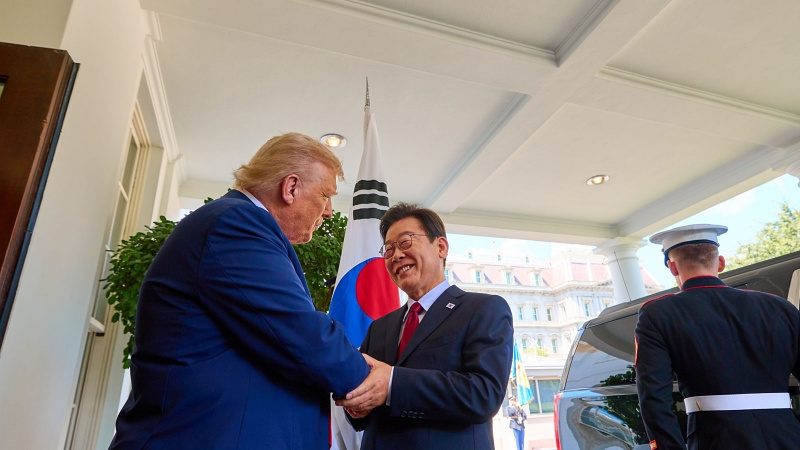
President Lee Jae-myung has reaffirmed his “no deal” stance on tariff negotiations with the United States, stating, “If the terms are favorable, I’ll sign, but I will not agree to any deal that harms our interests.” Japan, which concluded its talks earlier, accepted a 15 percent tariff on automobiles in exchange for large-scale investments, while Switzerland has chosen outright defiance despite facing punitive tariffs of 39 percent. As Seoul weighs its options between these sharply contrasting models, Lee made clear he will not accept an agreement that undermines the national interest and signaled determination to maintain leverage in follow-up negotiations.
“Principles of Fairness and Equity Must Apply”
At a press conference marking his 100th day in office on the 11th, held at the Blue House’s State Guest House, President Lee responded to criticism that unlike Japan, South Korea had not formalized its tariff deal with Washington. “We must ensure any agreement we sign is reasonable,” he said. “If the deal is good, of course we should sign. But why would we sign an agreement that brings us no benefit?” He urged critics to stop fixating on the absence of a signed document.
South Korea had in fact concluded negotiations with the U.S. in late July, setting reciprocal tariffs at 15 percent, the same level as the EU and Japan, thereby averting the worst-case scenario. Seoul also refused to further open its rice and beef markets. However, the outcome ended the “zero-tariff premium” South Korean automakers had enjoyed under the Korea-U.S. FTA, subjecting them to the same tariffs faced by European and Japanese rivals. In return for the tariff arrangement, South Korea pledged $350 billion in U.S. investments.
On August 25, Lee visited the United States to meet President Donald Trump and discuss bilateral relations. Yet no written document emerged from the summit, in contrast to Washington’s publication of fact sheets summarizing deals with the EU and Japan. The presidential office insisted that “the meeting went so well that a formal agreement was unnecessary,” claiming success in three areas: stabilizing economic ties, modernizing the alliance, and opening new fields of cooperation.
The opposition, however, was sharply critical. People Power Party spokesman Park Sung-hoon argued that “the $350 billion investment amounts to 20.4 percent of Korea’s GDP, compared with 13.1 percent for Japan and 6.9 percent for the EU.” He also questioned the government’s claim that agricultural concessions were avoided, noting that “Washington’s position differs,” and insisted the true outcome cannot be judged until a signed document is produced.
Even so, President Lee doubled down on his principle that South Korea will not accept disadvantageous terms. He declined to discuss details of ongoing negotiations, saying it would be “inappropriate and premature,” but made one point clear: “There will be no secret deals.” He stressed, “We will never make decisions that run counter to Korea’s national interest. We will not accept any agreement that departs from fairness or equity.”
Switzerland Stands Firm Against Excessive Demands
The divergent strategies of U.S. trade partners are evident. Switzerland, in particular, has taken an unusual stand. In early August, President Trump announced a 39 percent tariff on Swiss products, up from 31 percent, after talks with Swiss President Karin Keller-Sutter collapsed when Trump dismissed her remarks as “moral lecturing.” The U.S. had recorded a $38.5 billion trade deficit with Switzerland the previous year.
The higher tariffs immediately hit Switzerland’s key export industries, including watches, precision machinery, and pharmaceuticals. Major firms such as Roche and Novartis responded by announcing investments of $50 billion and $23 billion, respectively, in the U.S., vowing to replace all exports with local production. With Washington warning that pharmaceutical tariffs could rise as high as 150 to 250 percent within 18 months, the shift was seen as inevitable.
Elsewhere, however, the tariffs produced unintended consequences. Smuggling of Swiss luxury watches and European goods surged in the U.S. Bloomberg reported that wealthy buyers and influencers were fueling illicit imports, drawn by perceptions that Swiss watches could be purchased more than 35 percent cheaper when smuggled. With enforcement difficult, the episode illustrated how Trump’s tariff policies are distorting consumer behavior and undermining market order.
For the Swiss government, the turmoil has reinforced its defiance. Officials rejected Washington’s demands for $200 billion in investments, lower corporate tax rates, and higher defense spending, arguing that such terms would burden national finances and corporate competitiveness. Still, with companies increasingly shifting production to the U.S., questions remain over how long Switzerland can sustain its resistance. Analysts warn that if South Korea adopts a similar approach, it must brace for short-term shocks and market distortions.
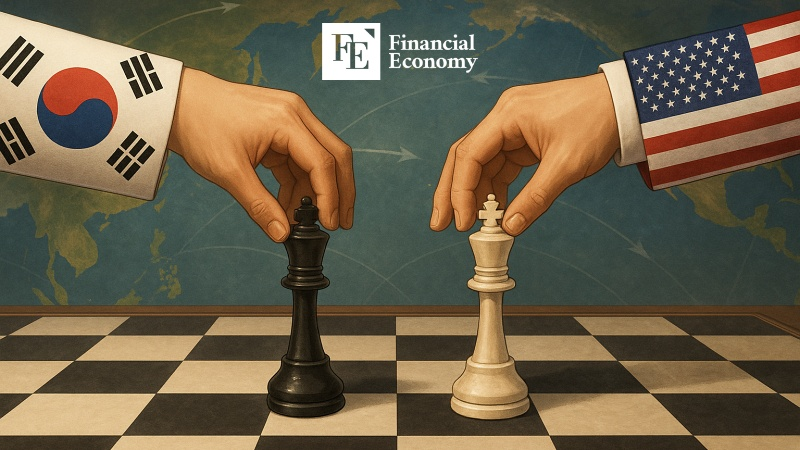
Japan Prioritizes Short-Term Stability
By contrast, Japan has embraced Washington’s demands. On the 5th, Tokyo signed a memorandum of understanding handing the U.S. authority to allocate $550 billion in Japanese investments. In return, Japan secured a written agreement fixing auto tariffs at 15 percent. Washington identified priority investment areas—energy infrastructure, semiconductors, critical minerals, and shipbuilding—and established a mechanism in which the U.S. Secretary of Commerce monitors implementation, while the President makes final selections. The agreement even stipulates that directives can take effect within seven days of publication in the Federal Register.
Previously, Washington had held off on formalizing deals with Seoul and Tokyo, insisting on detailed investment plans before finalizing tariff reductions. Japan’s agreement reflects its acceptance of U.S. oversight, including the authority to reimpose tariffs if commitments are not met. Under the deal, Japanese funds must be transferred on request, projects must be carried out on U.S. soil, and most of the profits will accrue to American taxpayers. The immediacy of the 15 percent tariff confirmation came at the cost of these concessions.
Japan’s strategy focuses on eliminating uncertainty around auto tariffs to stabilize pricing and inventory risks in the U.S. market. In return, Tokyo anticipates opportunities to participate in strategic sectors such as energy, semiconductors, shipbuilding, and critical minerals. Even if most of the capital is spent on U.S. facilities, Japanese firms expect to benefit indirectly through supply chain integration and orders.
This approach contrasts with Switzerland’s defiance. Japan has won near-term stability but at the expense of investment autonomy and profit distribution, much of which flows to the U.S. For South Korea, the choice lies between these two models. The Swiss approach limits industrial losses but creates fiscal and policy burdens, while the Japanese model entails pricing and margin adjustments but secures tariff predictability. Ultimately, Seoul’s path will be determined by where it strikes a balance between the two.

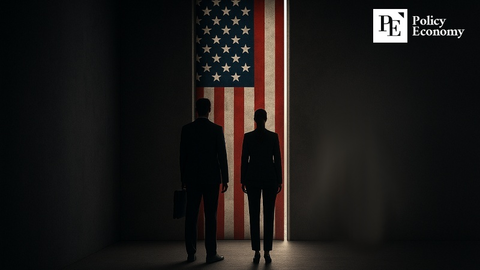
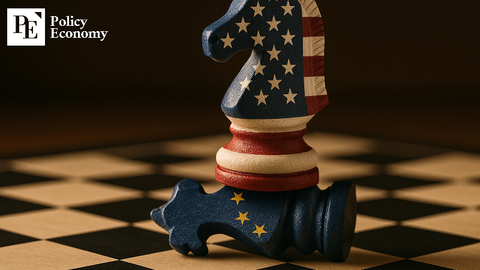


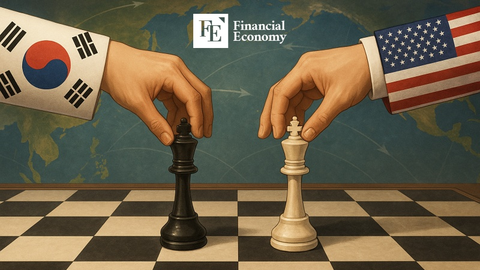
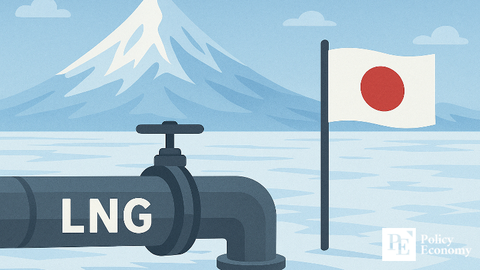
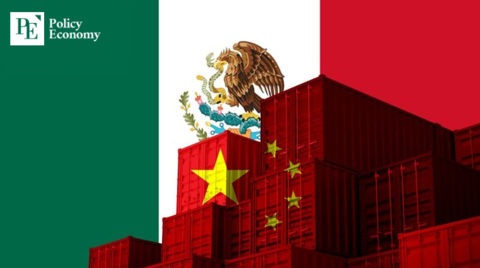
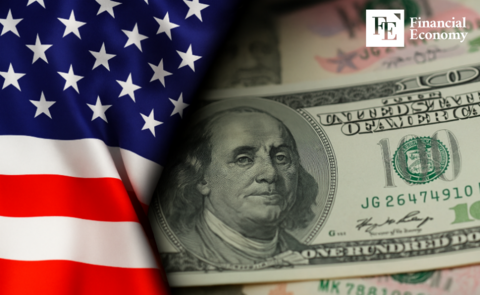
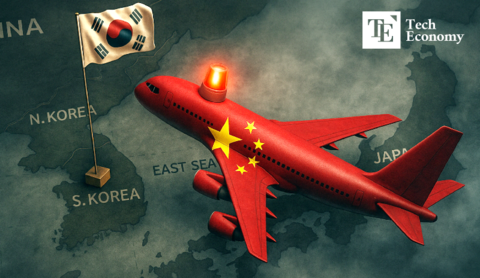












Comment